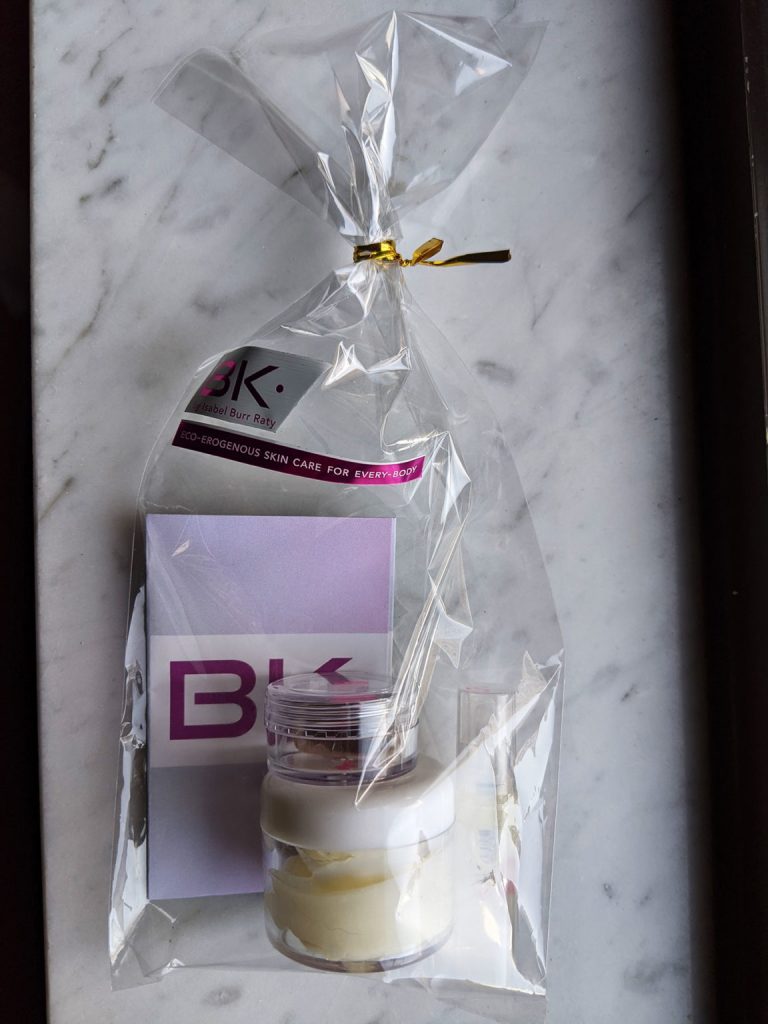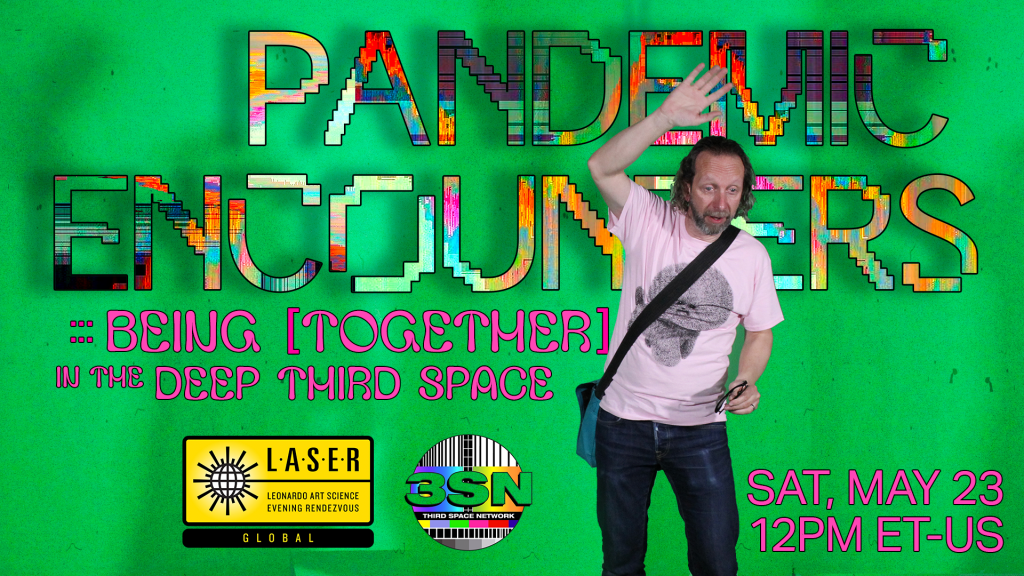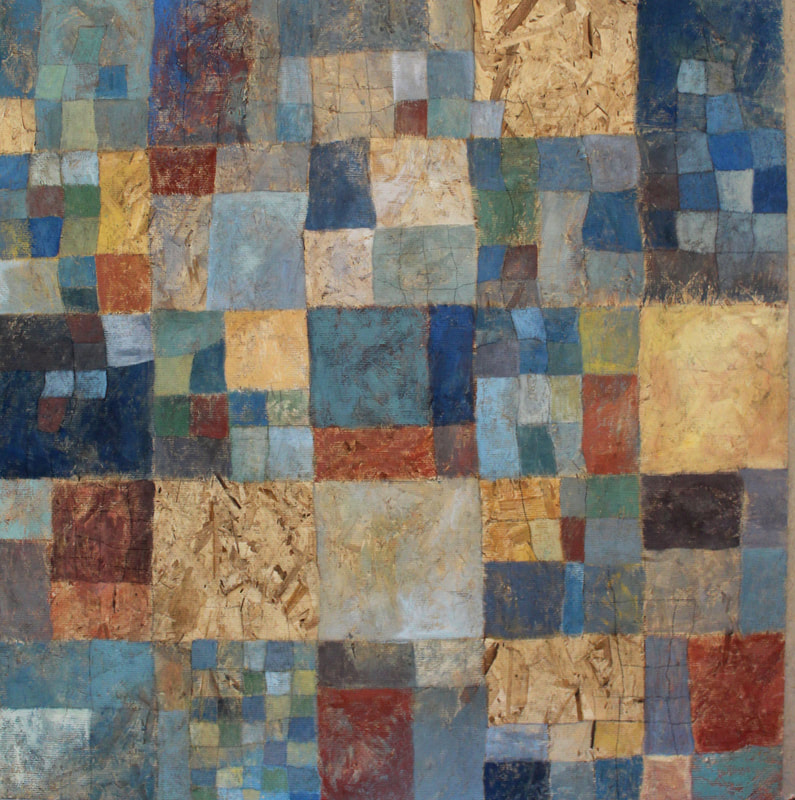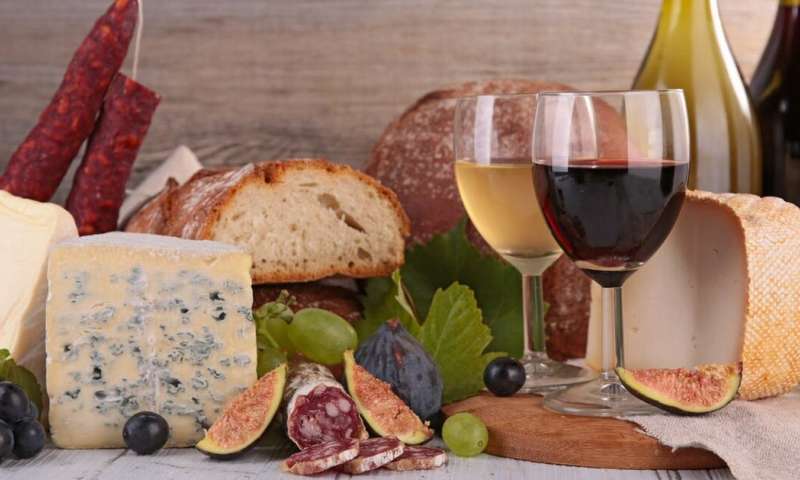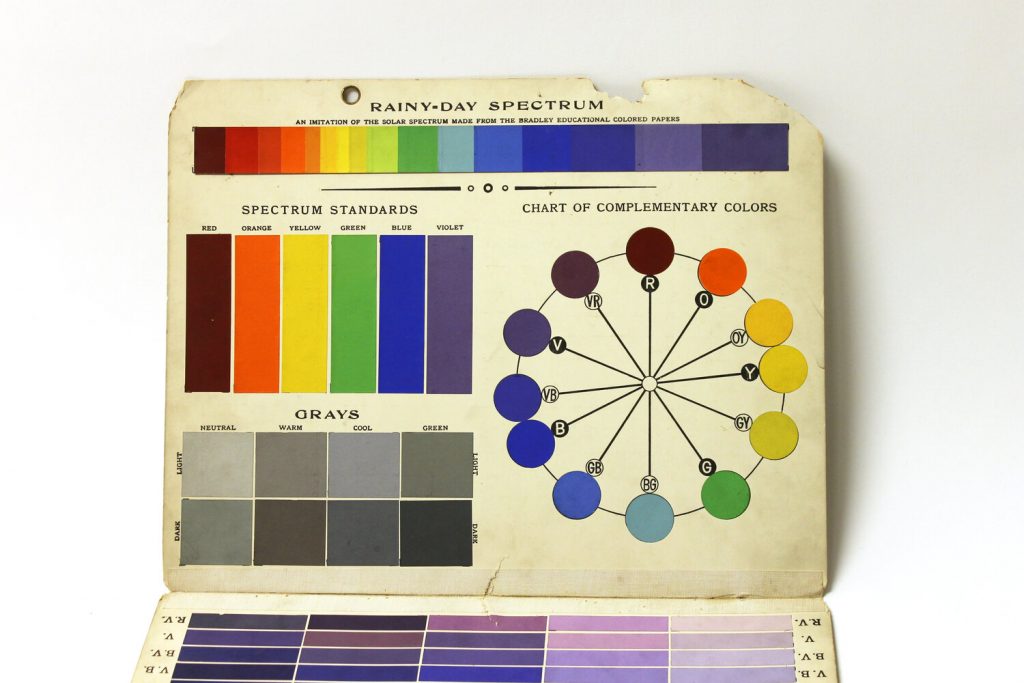The ArtSci Salon is getting quite active these days. Here’s the latest from an Oct. 22, 2020 ArtSci Salon announcement (received via email), which can also be viewed on their Kaleidoscope event page,
Kaleidoscopic Imaginations
Performing togetherness in empty spaces
An experimental collaboration between the ArtSci Salon, the Digital Dramaturgy Lab_squared/ DDL2 and Sensorium: Centre for Digital Arts and Technology, York University (Toronto, Ontario, Canada)
Tuesday, October 27, 2020
7:30 pm [EDT]
Join our evening of live-streamed, multi-media performances, following a kaleidoscopic dramaturgy of complexity discourses as inspired by computational complexity theory gatherings.
We are presenting installations, site-specific artistic interventions and media experiments, featuring networked audio and video, dance and performances as we repopulate spaces – The Fields Institute and surroundings – forced to lie empty due to the pandemic. Respecting physical distance and new sanitation and safety rules can be challenging, but it can also open up new ideas and opportunities.
NOTE: DDL2 contributions to this event are sourced or inspired by their recent kaleidoscopic performance “Rattling the the Curve – Paradoxical ECODATA performances of A/I (artistic intelligence), and facial recognition of humans and trees
Virtual space/live streaming concept and design: DDL2 Antje Budde, Karyn McCallum and Don Sinclair
Virtual space and streaming pilot: Don Sinclair
Here are specific programme details (from the announcement),
- Signing the Virus – Video (2 min.)
Collaborators: DDL2 Antje Budde, Felipe Cervera, Grace Whiskin - Niimi II – – Performance and outdoor video projection (15 min.)
(Nimii means in Anishinaabemowin: s/he dances) Collaborators: DDL2 Candy Blair, Antje Budde, Jill Carter, Lars Crosby, Nina Czegledy, Dave Kemp - Oracle Jane (Scene 2) – A partial playreading on the politics of AI (30 min.)
Playwright: DDL2 Oracle Collaborators: DDL2 Antje Budde, Frans Robinow, George Bwannika Seremba, Amy Wong and AI ethics consultant Vicki Zhang - Vriksha/Tree – Dance video and outdoor projection (8 min.)
Collaborators: DDL2 Antje Budde, Lars Crosby, Astad Deboo, Dave Kemp, Amit Kumar - Facial Recognition – Performing a Plate Camera from a Distance (3 min.)
Collaborators: DDL2 Antje Budde, Jill Carter, Felipe Cervera, Nina Czegledy, Karyn McCallum, Lars Crosby, Martin Kulinna, Montgomery C. Martin, George Bwanika Seremba, Don Sinclair, Heike Sommer - Cutting Edge – Growing Data (6 min.)
DDL2 A performance by Antje Budde - “void * ambience” – Architectural and instrumental acoustics, projection mapping Concept: Sensorium: The Centre for Digital Art and Technology, York University Collaborators: Michael Palumbo, Ilze Briede [Kavi], Debashis Sinha, Joel Ong
This performance is part of a series (from the announcement),
These three performances are part of Boundary-Crossings: Multiscalar Entanglements in Art, Science and Society, a public Outreach program supported by the Fiends [sic] Institute for Research in Mathematical Science. Boundary Crossings is a series exploring how the notion of boundaries can be transcended and dissolved in the arts and the humanities, the biological and the mathematical sciences, as well as human geography and political economy. Boundaries are used to establish delimitations among disciplines; to discriminate between the human and the non-human (body and technologies, body and bacteria); and to indicate physical and/or artificial boundaries, separating geographical areas and nation states. Our goal is to cross these boundaries by proposing new narratives to show how the distinctions, and the barriers that science, technology, society and the state have created can in fact be re-interpreted as porous and woven together.
This event is curated and produced by ArtSci Salon; Digital Dramaturgy Lab_squared/ DDL2; Sensorium: Centre for Digital Arts and Technology, York University; and Ryerson University; it is supported by The Fields Institute for Research in Mathematical Sciences
…
Finally, the announcement includes biographical information about all of the ‘boundary-crossers’,
Candy Blair (Tkaron:to/Toronto)
Candy Blair/Otsίkh:èta (they/them) is a mixed First Nations/European,
2-spirit interdisciplinary visual and performing artist from Tio’tía:ke – where the group split (“Montreal”) in Québec.While continuing their work as an artist they also finished their Creative Arts, Literature, and Languages program at Marianopolis College (cégep), their 1st year in the Theatre program at York University, and their 3rd year Acting Conservatory Program at the Centre For Indigenous Theatre in Tsí Tkaròn:to – Where the trees stand in water (Toronto”).
Some of Candy’s noteable performances are Jill Carter’s Encounters at the Edge of the Woods, exploring a range of issues with colonization; Ange Loft’s project Talking Treaties, discussing the treaties of the “Toronto” purchase; Cheri Maracle’s The Story of Six Nations, exploring Six Nation’s origin story through dance/combat choreography, and several other performances, exploring various topics around Indigenous language, land, and cultural restoration through various mediums such as dance,
modelling, painting, theatre, directing, song, etc. As an activist and soon to be entrepreneur, Candy also enjoys teaching workshops around promoting Indigenous resurgence such as Indigenous hand drumming, food sovereignty, beading, medicine knowledge, etc..Working with their collectives like Weave and Mend, they were responsible for the design, land purification, and installation process of the four medicine plots and a community space with their 3 other members. Candy aspires to continue exploring ways of decolonization through healthy traditional practices from their mixed background and the arts in the hopes of eventually supporting Indigenous relations
worldwide.
Antje Budde
Antje Budde is a conceptual, queer-feminist, interdisciplinary experimental scholar-artist and an Associate Professor of Theatre Studies, Cultural Communication and Modern Chinese Studies at the Centre for Drama, Theatre and Performance Studies, University of Toronto. Antje has created multi-disciplinary artistic works in Germany, China and Canada and works tri-lingually in German, English and Mandarin. She is the founder of a number of queerly feminist performing art projects including most recently the (DDL)2 or (Digital Dramaturgy Lab)Squared – a platform for experimental explorations of digital culture, creative labor, integration of arts and science, and technology in performance. She is interested in the intersections of natural sciences, the arts, engineering and computer science.
Roberta Buiani
Roberta Buiani (MA; PhD York University) is the Artistic Director of the ArtSci Salon at the Fields Institute for Research in Mathematical Sciences (Toronto). Her artistic work has travelled to art festivals (Transmediale; Hemispheric Institute Encuentro; Brazil), community centres and galleries (the Free Gallery Toronto; Immigrant Movement
International, Queens, Myseum of Toronto), and science institutions (RPI; the Fields Institute). Her writing has appeared on Space and Culture, Cultural Studies and The Canadian Journal of Communication_among others. With the ArtSci Salon she has launched a series of experiments in “squatting academia”, by re-populating abandoned spaces and cabinets across university campuses with SciArt installations.Currently, she is a research associate at the Centre for Feminist Research and a Scholar in Residence at Sensorium: Centre for Digital Arts and Technology at York University [Toronto, Ontario, Canada].
Jill Carter (Tkaron:to/ Toronto)
Jill (Anishinaabe/Ashkenazi) is a theatre practitioner and researcher, currently cross appointed to the Centre for Drama, Theatre and Performance Studies; the Transitional Year Programme; and Indigenous Studies at the University of Toronto. She works with many members of Tkaron:to’s Indigenous theatre community to support the development of new works and to disseminate artistic objectives, process, and outcomes through community- driven research projects. Her scholarly research,
creative projects, and activism are built upon ongoing relationships with Indigenous Elders, Artists and Activists, positioning her as witness to, participant in, and disseminator of oral histories that speak to the application of Indigenous aesthetic principles and traditional knowledge systems to contemporary performance.The research questions she pursues revolve around the mechanics of story creation,
the processes of delivery and the manufacture of affect.More recently, she has concentrated upon Indigenous pedagogical models for the rehearsal studio and the lecture hall; the application of Indigenous [insurgent] research methods within performance studies; the politics of land acknowledgements; and land – based dramaturgies/activations/interventions.
Jill also works as a researcher and tour guide with First Story Toronto; facilitates Land Acknowledgement, Devising, and Land-based Dramaturgy Workshops for theatre makers in this city; and performs with the Talking Treaties Collective (Jumblies Theatre, Toronto).
In September 2019, Jill directed Encounters at the Edge of the Woods. This was a devised show, featuring Indigenous and Settler voices, and it opened Hart House Theatre’s 100th season; it is the first instance of Indigenous presence on Hart House Theatre’s stage in its 100 years of existence as the cradle for Canadian theatre.
Nina Czegledy
(Toronto) artist, curator, educator, works internationally on collaborative art, science & technology projects. The changing perception of the human body and its environment as well as paradigm shifts in the arts inform her projects. She has exhibited and published widely, won awards for her artwork and has initiated, lead and participated in workshops, forums and festivals worldwide at international events.
Astad Deboo (Mumbai, India)
Astad Deboo is a contemporary dancer and choreographer who employs his
training in Indian classical dance forms of Kathak as well as Kathakali to create a dance form that is unique to him. He has become a pioneer of modern dance in India. Astad describes his style as “contemporary in vocabulary and traditional in restraints.” Throughout his long and illustrious career, he has worked with various prominent performers such as Pina Bausch, Alis on Becker Chase and Pink Floyd and performed in many parts of the world. He has been awarded the Sangeet Natak Akademi Award (1996) and Padma Shri (2007), awarded by the Government of India. In January 2005 along with 12 young women with hearing impairment supported by the Astad Deboo Dance Foundation, he performed at the 20th Annual Deaf Olympics at Melbourne, Australia. Astad has a long record of working with disadvantaged youth.
Ilze Briede [Kavi]
Ilze Briede [artist name: Kavi] is a Latvian/Canadian artist and researcher with broad and diverse interests. Her artistic practice, a hybrid of video, image and object making, investigates the phenomenon of perception and the constraints and boundaries between the senses and knowing. Kavi is currently pursuing a PhD degree in Digital Media at York University with a research focus on computational creativity and generative art. She sees computer-generated systems and algorithms as a potentiality for co-creation and collaboration between human and machine. Kavi has previously worked and exhibited with Fashion Art Toronto, Kensington Market Art Fair, Toronto Burlesque Festival, Nuit Blanche, Sidewalk Toronto and the Toronto Symphony Orchestra.
Dave Kemp
Dave Kemp is a visual artist whose practice looks at the intersections and interactions between art, science and technology: particularly at how these fields shape our perception and understanding of the world. His artworks have been exhibited widely at venues such as at the McIntosh Gallery, The Agnes Etherington Art Centre, Art Gallery of Mississauga, The Ontario Science Centre, York Quay Gallery, Interaccess,
Modern Fuel Artist-Run Centre, and as part of the Switch video festival in Nenagh, Ireland. His works are also included in the permanent collections of the Agnes Etherington Art Centre and the Canada Council Art Bank.
Stephen Morris
Stephen Morris is Professor of experimental non-linear Physics in the faculty of Physics at the University of Toronto. He is the scientific Director of the ArtSci salon at the Fields Institute for Research in Mathematical Sciences. He often collaborates with artists and has himself performed and produced art involving his own scientific instruments and experiments in non-linear physics and pattern formation
Michael Palumbo
Michael Palumbo (MA, BFA) is an electroacoustic music improviser, coder, and researcher. His PhD research spans distributed creativity and version control systems, and is expressed through “git show”, a distributed electroacoustic music composition and design experiment, and “Mischmasch”, a collaborative modular synthesizer in virtual reality. He studies with Dr. Doug Van Nort as a researcher in the Distributed
Performance and Sensorial Immersion Lab, and Dr. Graham Wakefield at the Alice Lab for Computational Worldmaking. His works have been presented internationally, including at ISEA, AES, NIME, Expo ’74, TIES, and the Network Music Festival. He performs regularly with a modular synthesizer, runs the Exit Points electroacoustic improvisation series, and is an enthusiastic gardener and yoga practitioner.
Joel Ong (PhD. Digital Arts and Experimental Media (DXARTS, University
of Washington)
Joel Ong is a media artist whose works connect scientific and artistic approaches to the environment, particularly with respect to sound and physical space. Professor Ong’s work explores the way objects and spaces can function as repositories of ‘frozen sound’, and in elucidating these, he is interested in creating what systems theorist Jack Burnham (1968) refers to as “art (that) does not reside in material entities, but in relations between people and between people and the components of their environment”.A serial collaborator, Professor Ong is invested in the broader scope of Art-Science collaborations and is engaged constantly in the discourses and processes that facilitate viewing these two polemical disciplines on similar ground. His graduate interdisciplinary work in nanotechnology and sound was conducted at SymbioticA, the Center of Excellence for Biological Arts at the University of Western Australia and supervised by BioArt pioneers and TCA (The Tissue Culture and Art Project) artists Dr Ionat Zurr and Oron Catts.
George Bwanika Seremba
George Bwanika Seremba,is an actor, playwright and scholar. He was born
in Uganda. George holds an M. Phil, and a Ph.D. in Theatre Studies, from Trinity
College Dublin. In 1980, having barely survived a botched execution by the Military Intelligence, he fled into exile, resettling in Canada (1983). He has performed in numerous plays including in his own, “Come Good Rain”, which was awarded a Dora award (1993). In addition, he published a number of edited play collections including “Beyond the pale: dramatic writing from First Nations writers & writers of colour” co-edited by Yvette Nolan, Betty Quan, George Bwanika Seremba. (1996).George was nominated for the Irish Times’ Best Actor award in Dublin’s Calypso Theatre’s for his role in Athol Fugard’s “Master Harold and the boys”. In addition to theatre he performed in several movies and on television. His doctoral thesis (2008) entitled “Robert Serumaga and the Golden Age of Uganda’s Theatre (1968-1978): (Solipsism, Activism, Innovation)” will be published as a monograph by CSP (U.K) in 2021.
Don Sinclair (Toronto)
Don is Associate Professor in the Department of Computational Arts at York University. His creative research areas include interactive performance, projections for dance, sound art, web and data art, cycling art, sustainability, and choral singing most often using code and programming. Don is particularly interested in processes of artistic creation that integrate digital creative coding-based practices with performance in dance and theatre. As well, he is an enthusiastic cyclist.
Debashis Sinha
Driven by a deep commitment to the primacy of sound in creative expression, Debashis Sinha has realized projects in radiophonic art, music, sound art, audiovisual performance, theatre, dance, and music across Canada and internationally. Sound design and composition credits include numerous works for Peggy Baker Dance Projects and productions with Canada’s premiere theatre companies including The Stratford Festival, Soulpepper, Volcano Theatre, Young People’s Theatre, Project Humanity, The Theatre Centre, Nightwood Theatre, Why Not Theatre, MTC Warehouse and Necessary Angel. His live sound practice on the concert stage has led to appearances at MUTEK Montreal, MUTEK Japan, the Guelph Jazz Festival, the Banff Centre, The Music Gallery, and other venues. Sinha teaches sound design at York University and the National Theatre School, and is currently working on a multi-part audio/performance work incorporating machine learning and AI funded by the Canada Council for the Arts.
Vicki (Jingjing) Zhang (Toronto)
Vicki Zhang is a faculty member at University of Toronto’s statistics department. She is the author of Uncalculated Risks (Canadian Scholar’s Press, 2014). She is also a playwright, whose plays have been produced or stage read in various festivals and venues in Canada including Toronto’s New Ideas Festival, Winnipeg’s FemFest, Hamilton Fringe Festival, Ergo Pink Fest, InspiraTO festival, Toronto’s Festival of Original Theatre (FOOT), Asper Center for Theatre and Film, Canadian Museum for Human Rights, Cultural Pluralism in the Arts Movement Ontario (CPAMO), and the Canadian Play Thing. She has also written essays and short fiction for Rookie Magazine and Thread.
If you can’t attend this Oct. 27, 2020 event, there’s still the Oct. 29, 2020 Boundary-Crossings event: Beauty Kit (see my Oct. 12, 2020 posting for more).
As for Kaleidoscopic Imaginations, you can access the Streaming Link On Oct. 27, 2020 at 7:30 pm EDT (4 pm PDT).
